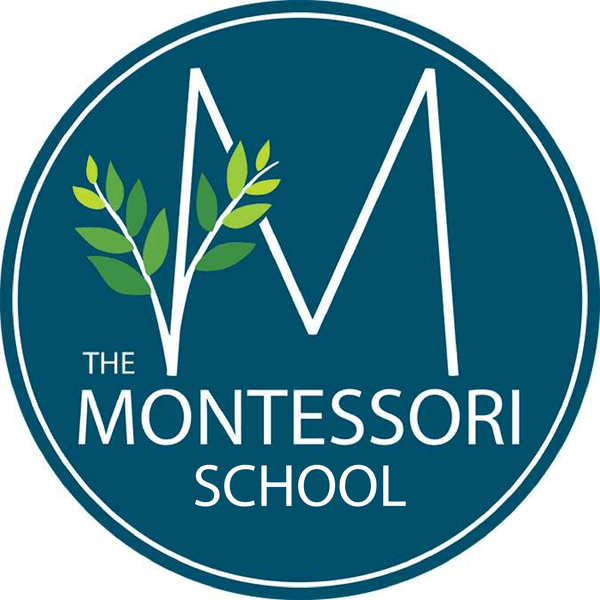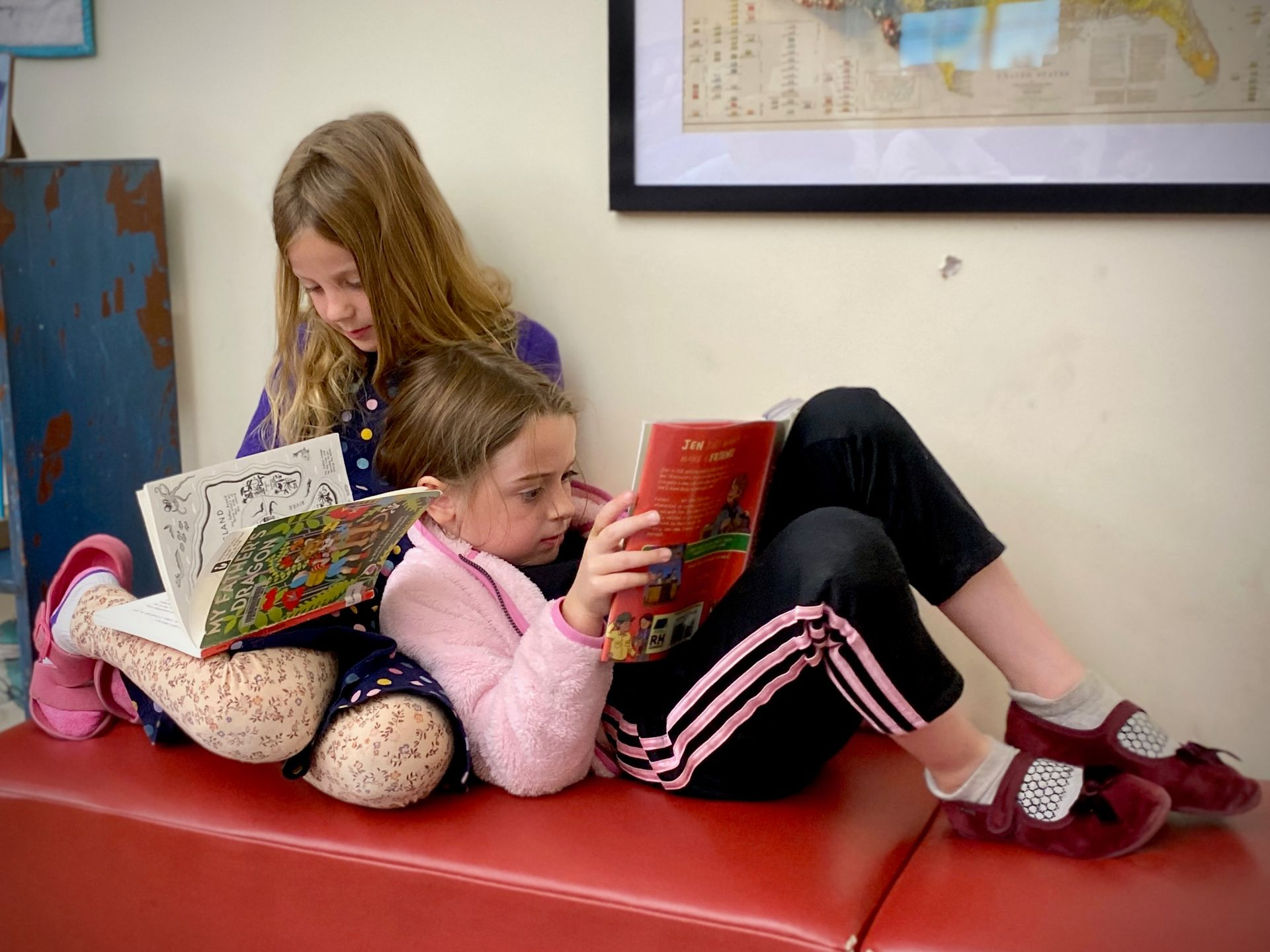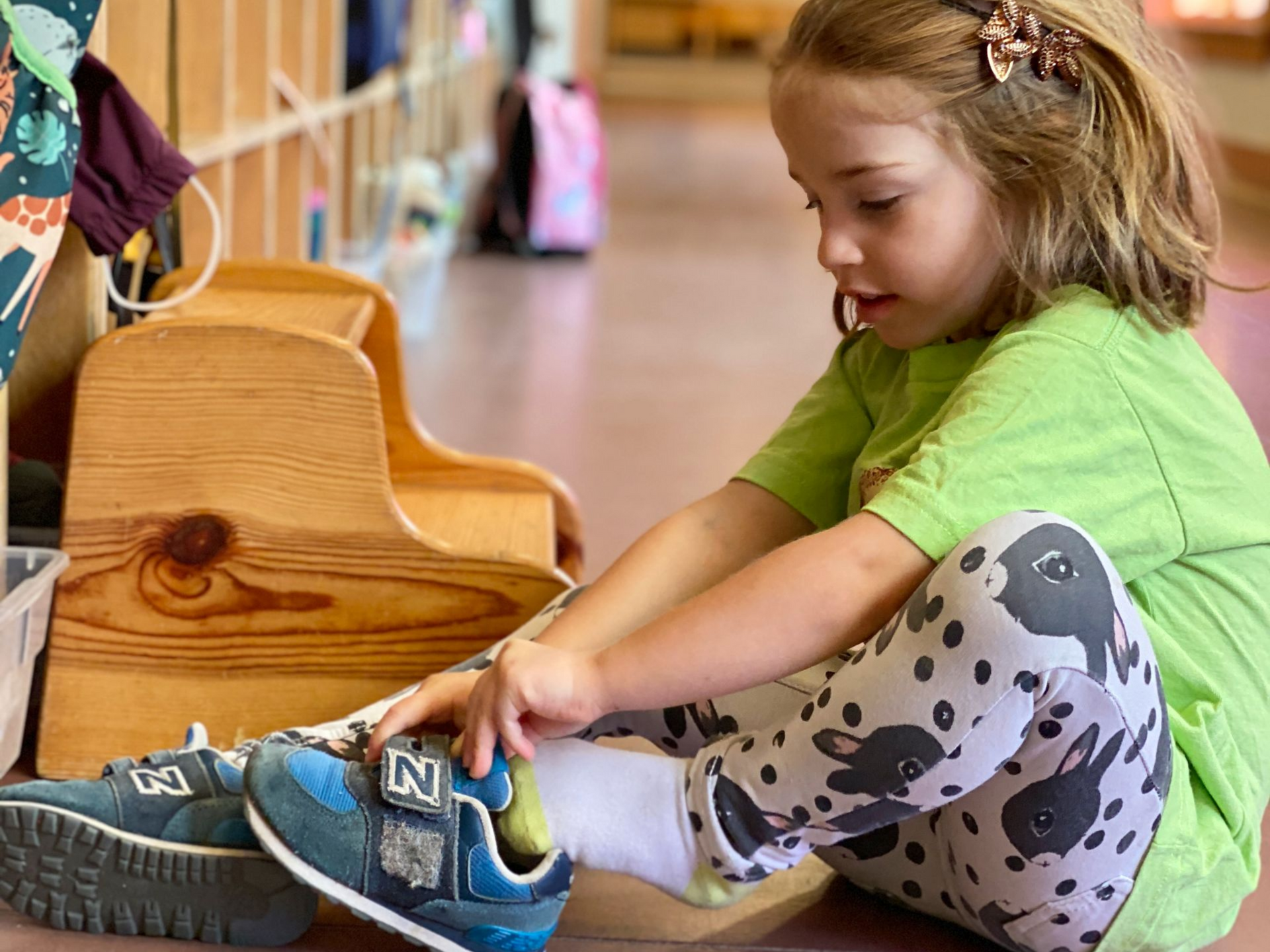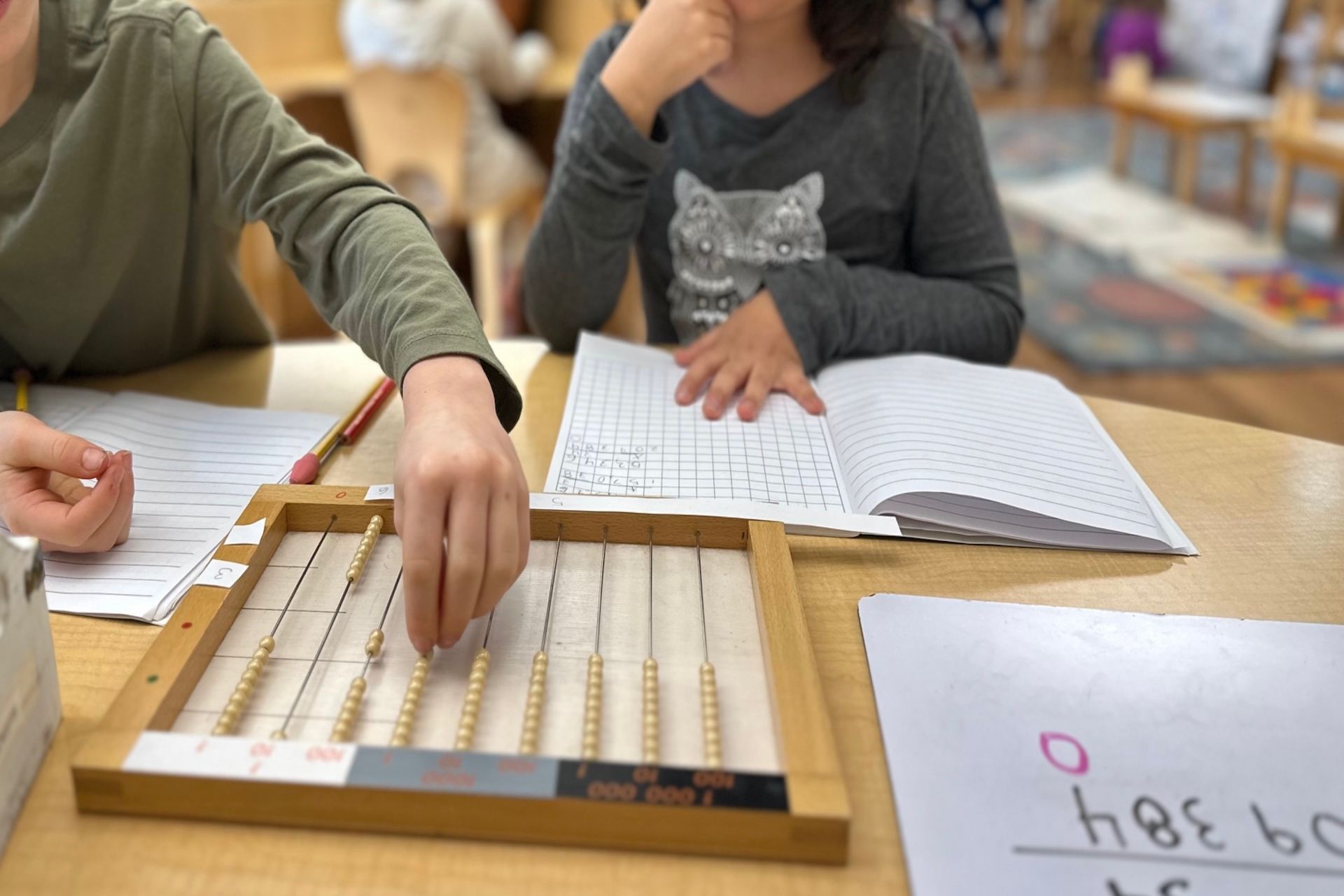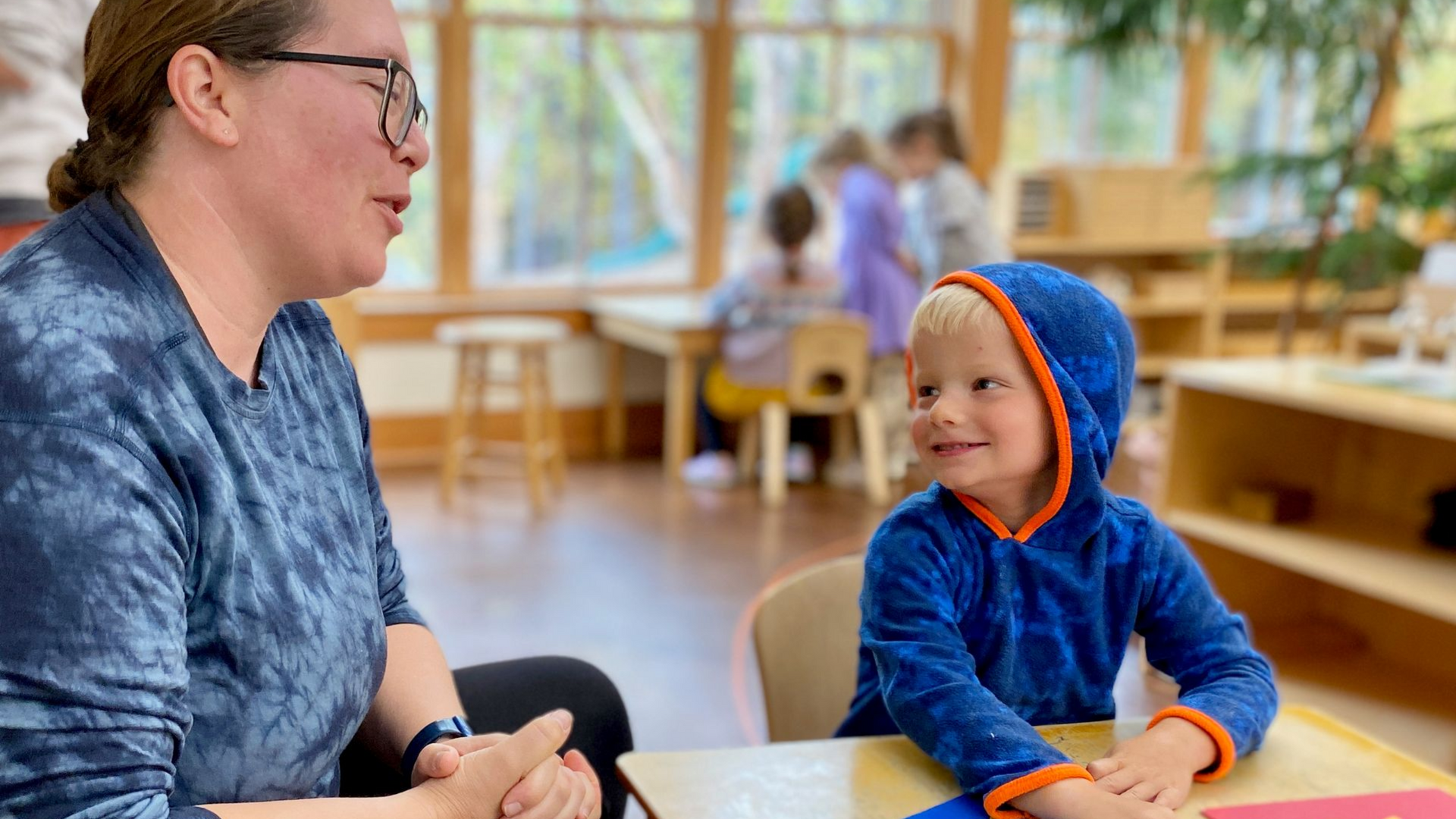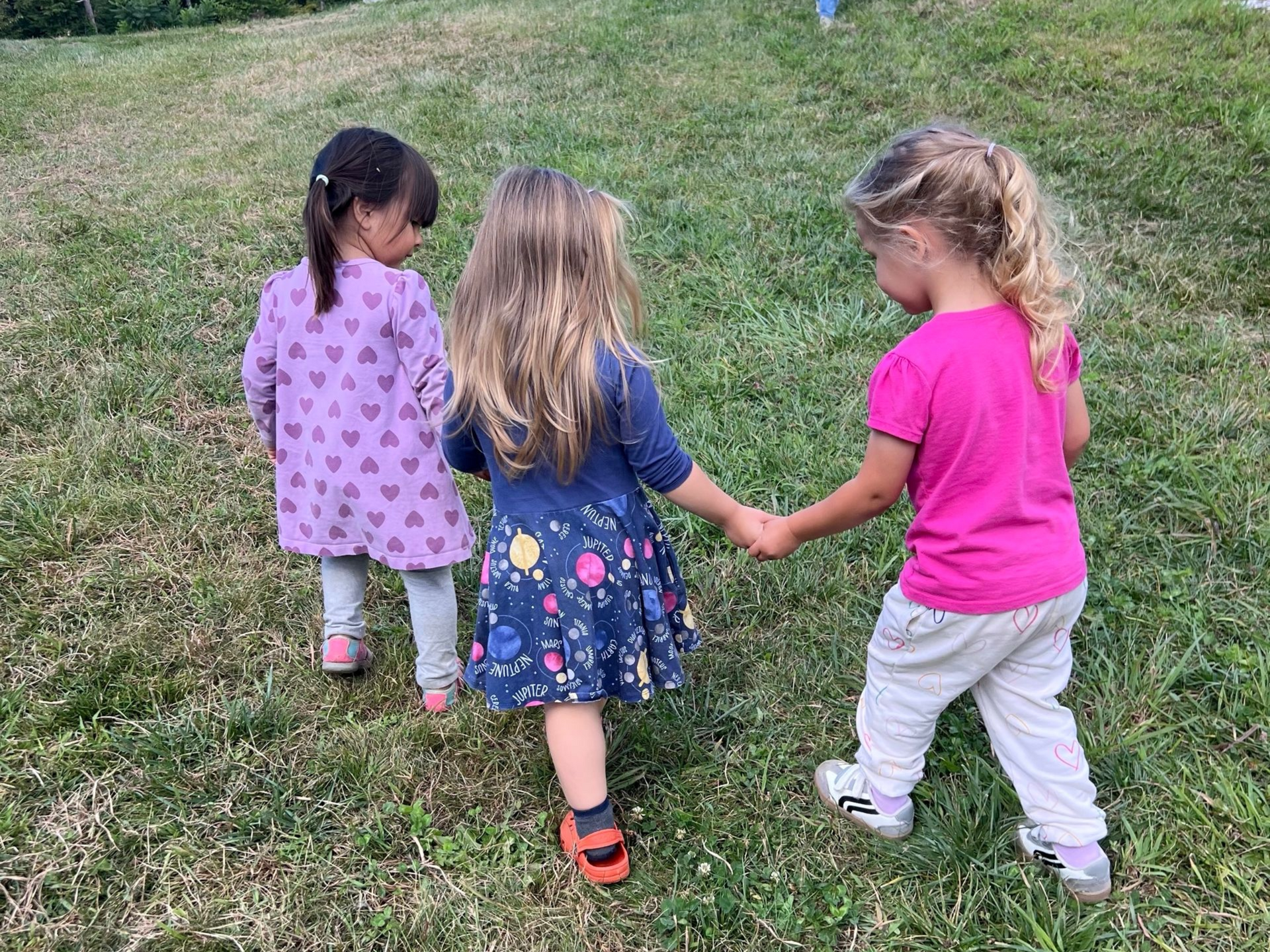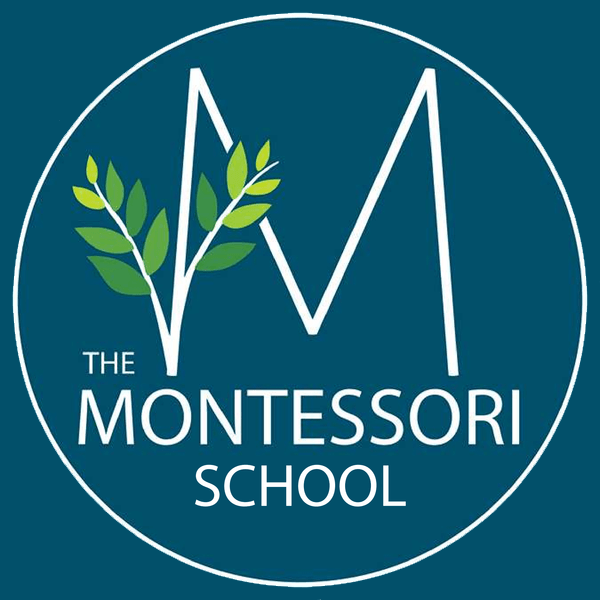New Class? Here’s What to Expect

Welcome! Whether your family has been part of our community for years or you’re just joining us for the first time, we look forward to spending the school year together. After the past year and a half, everyone is looking forward to a fresh start, with a return to some semblance of normalcy.
Some children will be Montessori students for the very first time. Others are moving up to a new level. Either way, it’s helpful to know what’s coming, and to have a little information regarding what to expect. Scan through the headings below to find which section or sections apply to your child.
If you’re brand-new to Montessori
During the application process and through your own personal research, you’ve probably learned a bit about what makes Montessori different from more conventional settings. The journey you find yourself beginning will be awe-inspiring, as many seasoned Montessori parents will tell you.
Montessori education has been around for more than a century, and so much of what we do is grounded in what works and what has worked for generations. Still, as a rule, educators are curious people who never stop learning. We are always seeking out new ways to make the experience more enriching for the children in our care. We observe, we ask questions, and we try out different methods that have worked well for others.
We encourage you to try the same. There is so much to learn about this amazing educational approach, that it can’t possibly be done all at once. This blog is a great place to check in and read helpful information. Your child’s guide, as well as other Montessori parents are excellent resources to turn to. As a school, we do our best to facilitate community building events as well as parent education offerings that will help answer your questions. Plus this type of learning usually leads to even more curiosity!
Thank you for joining us. We are so glad to have you with us.
New to primary?
Montessori primary environments are magical places. This is, after all, where it all began with the opening of Casa dei Bambini in Rome in 1907. Just how is this setting any different than other preschools or kindergarten classes?
Right away you will notice the emphasis on personal independence. We encourage even our youngest primary students to walk to their classroom by themselves (once they settle into the routine), remove and hang their coat by themselves, and change their shoes by themselves. You’ll notice the work continues in subtle ways as their teacher meets them at the door, makes eye contact, greets them warmly and intentionally, and guides them to do the same.
In the classroom, your child will be free to explore and learn on their own terms. Many folks are surprised this does not translate into children running wildly around the room. The reason is that the freedom we offer is bound within carefully constructed limits. Yes, a child may choose their preferred work from the shelves, but we only put out work that we want them to be doing. Yes, they may stop to have a snack whenever their body tells them it’s time, but they are taught to clean their own crumbs and wash their own dishes.
Some new-to-Montessori families wonder what we do if a child wants to focus on the same work or area of the classroom over and over again. Short answer: we let them. Our belief, which has been confirmed countless times with experience, is that if a child is repeatedly drawn to something it’s because they have something important to learn from it. Once they have exhausted that need, they will eventually move on. We have learned to remove our own expectations of how long it should take or what trajectory an individual’s learning should follow.
One important Montessori mantra to keep in mind: follow the child. We let this guide so much of what we do, and it leads to amazing results.
New to elementary?
There is a definite shift in children around age six, which is why Dr. Montessori determined this to be the beginning of the second plane of development. You will notice your child is suddenly more imaginative, social with their peers, physically a bit clumsy, and so very eager to learn everything they can about the world (and universe) around them.
- So, we keep all these things in mind in the elementary environment. Some highlights:
- Lessons are more often given in small groups (as opposed to individually when children are younger).
- Learning and work is based on teaching important basic math and literacy skills as well as a globally-focused foundation in science, geography, and history.
- The classroom is arranged so that children may work together with their peers.
- New expectations are established to ensure that children are engaging with academic content in all areas. Teachers meet and converse with students to share tools, strategies, and give suggestions to help them achieve goals.
- We give children BIG work, which is what they crave. Projects stretch out over days and weeks, and materials stretch across the classroom floor.
New to the adolescent program?
During this first period of adolescence, learning is still very much integrated. There are differentiations between subjects of course, but there are a multitude of ways in which the learning overlaps.
At this age, children begin to crave independence while also leaning heavily into peer relationships. They want their parents to be there but they also push them away. They crave new experiences but aren’t always able to make sound decisions due to their developing brain. To allow for all of these tendencies while also supporting growth, adolescents often meet together as a whole group with their teachers to discuss work, social dynamics, and a multitude of other important topics.
Social justice becomes more important to children at this age, and so our curriculum supports growth and learning that allows them to become active and engaged members of their communities.
One last very important element to note is that Dr. Montessori emphasized children at this age needing to work with their hands on something real and of value. This traditionally was working on a farm, but sometimes translates to microeconomy experiences, guiding students through running a business of their own.
Questions? Comments? We’d love to hear from you. Please feel free to reach out with your thoughts.



